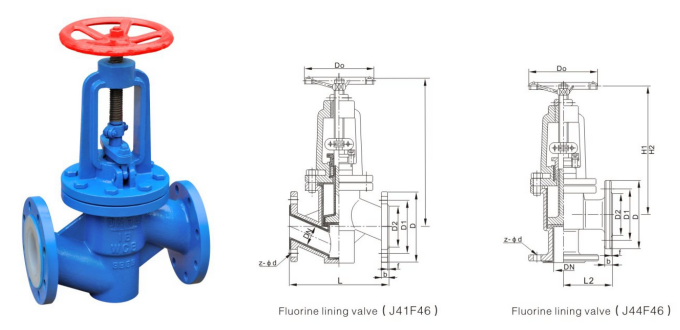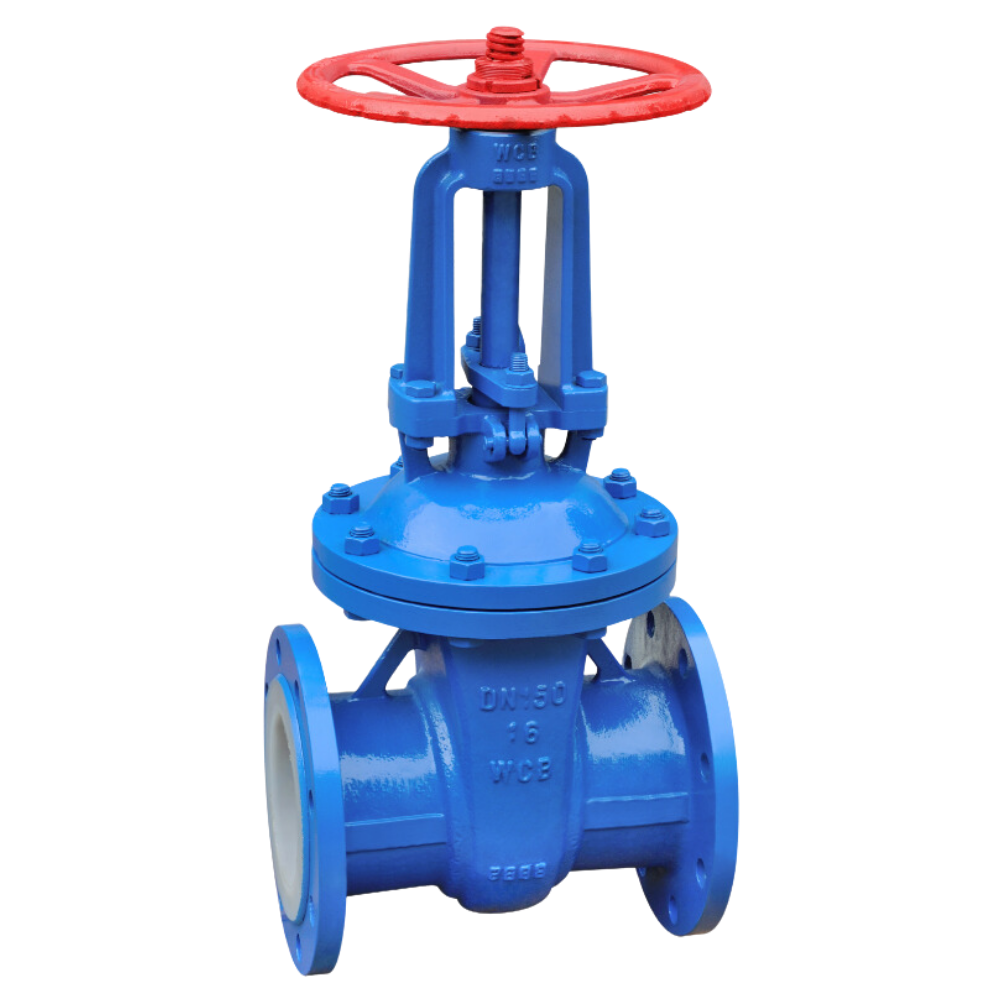

Picture this: a pipe bursts in your home, and water gushes everywhere. What’s the first thing you need? A stop valve.
From homes to factories, stop valves provide the ability to shut off water, steam, or other liquids in emergencies or routine maintenance.
But stop valves aren’t just for crisis control—they play a vital role in ensuring the safety, efficiency, and functionality of countless systems.
Whether it’s a supply stop valve for household use or a steam stop valve for industrial applications, understanding their purpose and operation can save time, money, and hassle. Let’s dive into what stop valves are, how they work, and when to use them.

A stop valve is a mechanical device designed to regulate or completely stop the flow of fluids through a pipe.
It is often used in plumbing, industrial systems, and even steam management to isolate sections of a pipeline for repairs or maintenance.
The core purpose of a stop valve is to provide precise control over fluid flow. It can reduce, stop, or completely cut off the flow in a system, making it an essential component in both domestic and industrial settings.
Stop valves are indispensable in both small-scale and large-scale applications:
Commonly installed as supply stop valves beneath sinks or toilets, these valves allow homeowners to isolate specific fixtures without shutting off water to the entire house.
Stop valves play a critical role in systems that handle high-pressure liquids, steam, or gas. For instance, steam stop valves are often used in boilers to regulate steam flow efficiently and safely.
A sewer stop valve prevents backflow into homes or facilities, protecting against floods and contamination.
Stop valves regulate flow by moving a closure element—such as a cone or disk—into or out of the fluid’s path.
Depending on the design, this can be done manually using a handle or automatically via actuators.
| Feature | Stop Valve | Gate Valve |
| Functionality | Precise flow control and shutoff. | Primarily for full open or full close. |
| Design | Includes a cone or disk for sealing. | Uses a sliding gate to block flow. |
| Operation | Can throttle fluid flow. | Not suitable for throttling. |
| Applications | Used in plumbing, steam systems, and industrial pipelines. | Ideal for large pipelines and systems. |
Stop valves are highly versatile and can be used in:
Step 1: Turn off the main water supply or system pressure.
Step 2: Cut the pipe to the required length.
Step 3: Position the stop valve and secure it with threaded fittings or soldered joints.
Step 4: Test for leaks by turning the system back on gradually.
No, stop valves offer precise control, while gate valves are mainly for fully open or closed applications.
It isolates the main water supply, allowing homeowners or technicians to shut off water during emergencies or repairs.
Turn the handle clockwise to close or counterclockwise to open. For finer adjustments, open partially to regulate flow.
Not always. While it can operate fully open, it can also be used to throttle or regulate flow as needed.
It controls flow by moving a cone or disk in and out of the fluid’s path, creating a seal when closed.
The handle’s position is a clear indicator—parallel to the pipe for open, perpendicular for closed.
Stop valves are an essential part of both household plumbing and industrial systems, offering control, reliability, and safety.
From preventing floods with a sewer stop valve to managing high-pressure steam with a steam stop valve, these versatile devices ensure smooth operation across various settings.
By understanding how they work and where they’re used, you can make informed choices to keep your systems efficient and secure.
Gate Valve vs. Stop Valve: Understanding the Differences

Gate valves control fluid flow in various industrial applications. They can completely stop or allow flow, depending on the valve’s position. Valves, in general, share the same function — but what makes gate valves different? This article will explore what gate valves are, how they work, their components, types, and common issues, among other important […]

In Brazil’s booming sugar industry, industrial strainers play a crucial role in ensuring clean, uninterrupted production during juice clarification, sugar syrup filtration, and the crystallization process. With sugar mills handling high-viscosity, abrasive fluids like massecuite and syrup, selecting a reliable strainer manufacturer is essential for maintaining syrup purity, minimizing downtime, and meeting hygiene standards. This […]

South Africa’s gold mining sector relies heavily on robust flow control systems that can withstand abrasive slurry and harsh tailings. Heavy-duty pinch valves play a crucial role here, offering durability, low maintenance, and resistance to extreme pressure. In this guide, we rank the Top 5 Heavy-Duty Pinch Valve Manufacturers South African mines trust for reliability. […]

Desalination facilities in Saudi Arabia face one of the most extreme operating environments—high salinity, abrasive media, and fluctuating brine discharge pressures. In this high-demand sector, pinch valves play a vital role in managing flow control for seawater reverse osmosis (SWRO) and thermal desalination processes. This guide ranks the top 5 pinch valve manufacturers for Saudi […]



